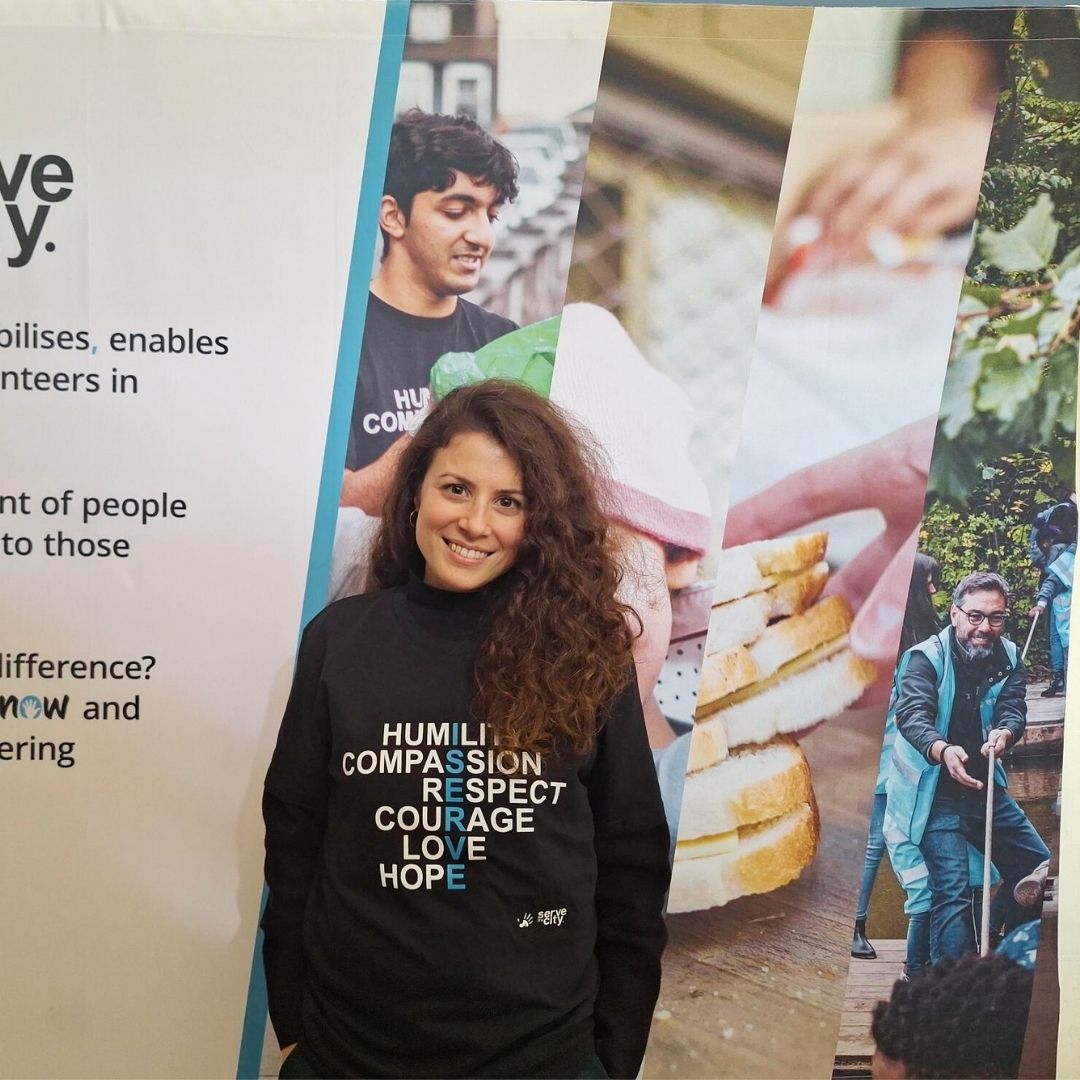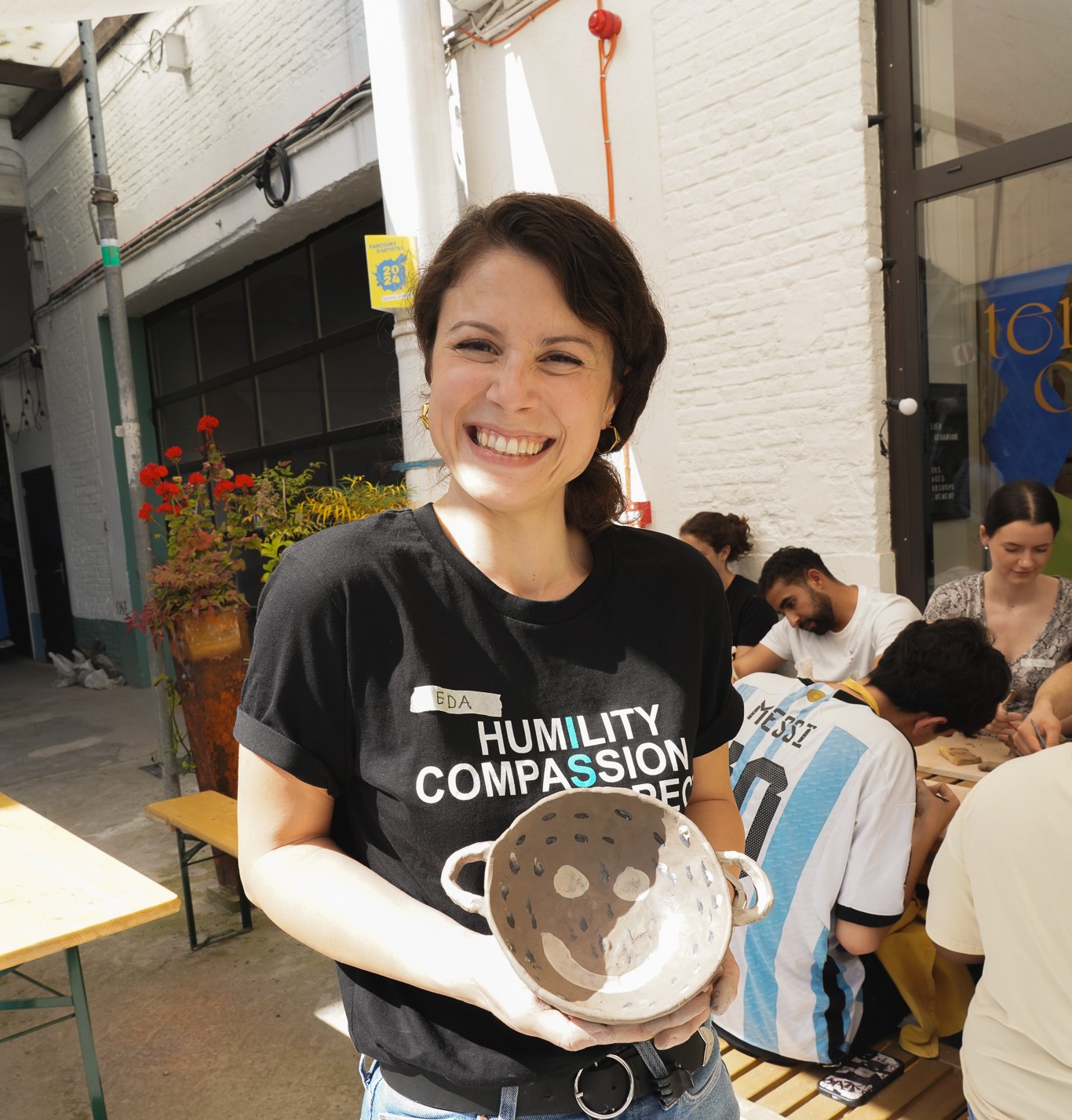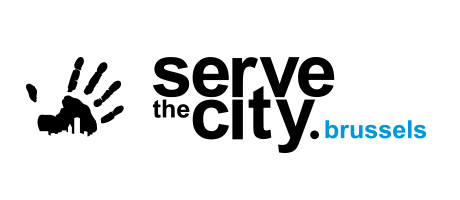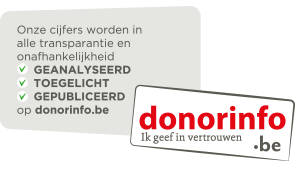Eda Uraz is an architect by training who found a new way to reconnect with her purpose through volunteering. After years of seeking to bring social impact to her projects, she decided to dedicate herself to working with refugee children in Brussels. Through Serve the City, Eda leads creative activities like “Clay meets Kids,” using ceramics to foster emotional expression. Volunteering taught her the importance of attentive listening and creating safe spaces for children to grow. Her volunteer work also inspired the creation of her personal project, My Clay Retreat.
How did you become interested in volunteering?
E.U: So, two years ago, I decided to step away from my previous career, when I lost my sense of purpose in it. I moved to Belgium eight and a half years ago to do a master’s in architecture, and shortly after, I started working. Throughout my master’s and the early years of my career, I always wanted to bring a social dimension into my projects. For example, for my thesis, I developed a school project for children in Nepal. Later, in my early career, I worked on designing a foster care center for children facing family difficulties. But after a few years, I began to feel disconnected from the meaning of my work which led me to pause my previous job.
Then, I began questioning what to do next: Should I continue in architecture? Should I create a new path for myself? During this period of reflection, I felt the urge to do something meaningful, so I began searching for new opportunities. That’s when I realized that I could volunteer and work with children. At the time, I didn’t fully realize it, but when I looked at different projects, I noticed that I was always drawn to ones that involved children. My projects had always been focused on children, and there was always a social element to them. Eventually, I found a project called Elisabeth-Simonis Homework & Crafts, and I decided to give it a try, not really knowing what to expect. I started going there and focused on playing and doing crafts with the younger children.
Volunteering in Elisabeth-Simonis Homework &Crafts was your first experience as a volunteer?
Do you like Serve the City, does it also have this in mind?
E.U: What led me to the organization was the language. I wanted to do volunteer work—that was obvious, to connect with people, be helpful, and also re-root myself. But my main challenge was that I didn’t know French. I had learned Flemish for many years while living in Ghent, and when I moved to Brussels, the language barrier hit me hard. I had to decide whether I wanted to learn another language and to what extent. I really wanted to focus my life on English- and Flemish-speaking opportunities. So, when I searched for options, I found Serve the City, an English-speaking organization, and that’s how I ended up here.
What have you learnt from volunteering?
E.U: I think I’ve really learned how to approach people. Through volunteering, I realized that people need to be seen, heard, and understood. It also taught me to be calmer, more patient, and to give more visibility to these children. Many of the kids in Serve the City’s children-related projects face challenges. We are not directly involved in their personal stories, but you can sense it through their behavior—sometimes they are stubborn or grumpy. Often, they just need someone to listen and understand them in those difficult moments.
What I’ve learned is the importance of truly listening and taking it as a challenge to give these little people—the people of the future—a chance. That small act can change their perspective on things and even shape their lives.
When did you become a project leader?
E.U: I guess it was not long after I started volunteering. I was a really regular volunteer—right from the beginning, since I wanted to be involved in the project more quickly, I was there every week. After about two months, I came up with the idea of “Clay meets Kids”. At the time, Wiktoria was the project leader, and she kept encouraging everyone to share ideas or feedback. One day, I thought, “why don’t we organize a ceramic event?” Clay is calming and expressive nature, is something I’m really passionate about, and I wanted to bring that to the children too. And then, I suggested a ceramics activity where kids could explore their creativity and imagination. These things can be quite abstract, especially in the fast-paced reality of migration. I felt that for some of them, this creative side might remain hidden or undiscovered.
After that, Wiktoria asked me if I wanted to be part of the project. I started co-leading with her, learning how to manage the small but important details—things beyond just engaging with the children, like working with the volunteers as well.
How do ceramics workshops help the children’s development?
E.U: For me, clay is not only a form giving, but also a form giving of emotions. I believe that people slowdown in life, when they are working with their hands, without the rush of life or stress or competition. Everything is just left behind when you are working with your hands and you work through your emotions; you can feel the calmness. It’s a kind of meditation form, which calms me down and becomes my passion, and for a period of my life, I said, “I form my emotions and then it helps me to find my path”.
I believe that clay has a strong impact when it comes to working with emotions. That is why I wanted to bring it into space and let the children experience it for themselves. It was actually surprising to see how some of the kids, who are often perceived as difficult or hard to connect with, were incredibly creative. They became calm and focused; there were even moments of complete silence during the workshop.
How do you think engaging in art and crafts helps children who are refugees or asylum seekers? Does it help them connect with themselves or develop new skills?
E.U: I think art is personal expression… When you give a piece of clay to different people, put them in separate rooms, and ask them to do the same task without seeing each other, they’ll still create completely different things. That is because they bring their own personal experiences into it, without even realizing it. Emotions are really involved in art and expression, even unconsciously. I’ve also developed a mini start-up with ceramics called My Clay Retreat where I focus on my own production and where I guide people through the basic techniques of working with clay – helping them to establish their own dialog with the earth and at the same time to freely define their creativity.
I think it is really about expressing our feelings, and I truly believe that when you work with art, it becomes a powerful tool in your life. It helps you understand your inner self, and it helps you answer the question “What am I doing?”
Do you think children can achieve the same thing?
E.U: Maybe yes, maybe not. It might not be the answer for all of them. In their situation, like applying for their papers, legal status, learning a new language, adapting to a new country, a new school, new teaching methods—art is usually left out. It is not even a question. So, I think that by giving them this chance, some of the kids could start to see their own abilities, to discover something that belongs to them, something that is their own.

What are some of the biggest challenges you have faced while volunteering with kids, and how have you overcome them?
E.U: Hmm…In terms of relationship with the children I didn’t have any challenges or with the volunteers. I had one that I think I can share as a challenge, that was the last Christmas Gift distribution. It was really challenging for me.
In these two years I’ve been leading this project, I had two Christmas distributions. The first one was a gift per person. The second one was the box and the aim of it was giving all the gifts to everyone. [This second distribution] created a huge conflict when I opened the box. I wanted to explain to the kids how things would happen. At the time, French was also a challenge, because I could not explain things in French, and say that “it was a collective gift. It is for all of you, and it will stay in this room, and you will play every Tuesday”. But that didn’t happen. Whatever they could, they grabbed, and some of the kids couldn’t get anything and started to cry. I think that they are coming from situations in which they don’t have a lot of things that they can name as their own and they are also living in a place in which they don’t really have space. They don’t have enough space to keep their own things, so they wanted to have as much as possible. That was one of the challenges. There was tension between the children.
How do you handle conflicts between children in the group?
E.U: First, I separate them, and usually there’s another volunteer around, so I take one of the kids aside. I go down to their level. I don’t talk from above. I look them in the eyes and ask if they can tell me what’s wrong. I try to help them express what they want to do or say, what is bothering them. I try to understand what they couldn’t digest and what made them upset.
Normally, I explain -like, in the case of the collective toys- that it’s something to be shared with everyone. You just need to explain it, and sometimes repeat the same sentence a few times, because they’re really focused on the problem and in that moment. And by giving them time to understand their emotions… kids are really smart.
Are there any stories you’ve experienced or been told by a beneficiary that still resonate with you?
E.U: There was one kid…
Normally, I’ve an easy time connecting emotionally with children. We get used to seeing each other, and I’m really affected by the fact that when I enter the center, I see their smiles. They smile with their eyes. They’re happy, and that makes me really happy.
But there was one kid, two years ago… she was really shy and didn’t talk. They had been living in Syria, then spent some time in Turkey. Her brother was able to speak Turkish, but she couldn’t. And she couldn’t speak French, not even Syrian. She wasn’t speaking at all.
At first, I thought she might not be able to speak. She would just point at things, show a paper or a color, and we tried to communicate through mimics and gestures. Every week, I gave her a bit of extra care, and then, a few weeks later, she whispered something in my ear… I can’t forget that moment (smiles). I was so surprised. She was talking.
I think she just needed a safe place to be able to speak – a comfortable, safe space. That day, she just wanted the color orange, so she said, “orange.” It was never full sentences, always single words.
But that’s something I’ll never forget that she was able to speak, and all she needed was to feel safe. I think that happened because I was able to see her and give her the space that she needed to express herself.
What motivates you to continue volunteering?
E.U: The children. Yes, the children there! Being part of this project, I really get excited about going and being around them, just painting or doing crafts. Kids… they’re so honest. You can read all their emotions on their faces. Children are pure. They’re not faking, not lying, not putting on a different face. When you walk in a street, go to a bar, work in an office everyone has a mask. You don’t really see people’s emotions. But with children, you see their inside immediately.
And the fact that there are people going there, even if it’s just for two hours, just to spend time with them, you can really see how much that means. You see it in their smiles, in how their whole aura changes. And I think that’s priceless.
What positive benefits have you seen in your life since you started volunteering?
E.U: For myself, I’ve noticed that if I’ve had a really stressful day, once I go there, I forget everything. It teaches me to be calmer. I’ve also reconnected with my inner child. I started listening to that little girl inside me and what she wanted too. She had been a bit forgotten. And then, together with the children, I built my own playground too, My Clay Retreat. They helped me create my new path.
What impact do you think volunteering has on the children that you help? How does your presence impact them?
E.U: I think it’s not just me, it’s collective effort. Some volunteers are regular, and that’s really important for the children. When they see us, it reminds them that this is something consistent -something that keeps happening. I think this becomes their safe play zone.
We’re not making any huge change. We’re just giving two hours of our week to be with the children, but I believe they’re collecting memories. I’ve no idea what the rest of their week is like or how life is upstairs in the center, but at least we try, within our possibilities, to support what they want to create, to do crafts, exploration, expression.
We try to offer a space that feels safe where their wishes matter. I think that when they leave the center this will be a meaningful part of their lives. Maybe not good in the conventional sense because of all the difficulties but at least filled with good memories of being seen and heard.
What advice would you give to someone considering volunteering with kids for the first time?
E.U: Apart from the basic rules on how to behave around children, there are no rules when it comes to the games. Just be yourself, be playful and try to communicate. I really believe that language isn’t the only way to connect; there’s also emotion. Some of the kids only speak French, so I’ve found my own way to communicate with them.
The best advice I can give is to listen and observe, to pay attention to what they want and how they choose to express it. Be helpful.
There are no rules for creativity, and we don’t have specific tasks. That can be challenging for some volunteers who prefer clear instructions. But others come and really find their own way. It also depends a lot on how comfortable they are relating to younger people.







